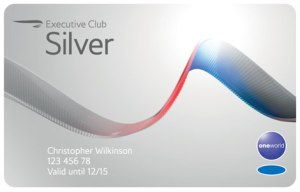The UK grocery market has become increasingly competitive in the past few years. Certainly the growing strength of discount stores like Aldi and Lidl have really shaken up the market and began to take over the reign of current supermarket giants such as Tesco and Sainsbury. To further add interest, Pound shops are also gaining market share and nibbling away at the margins of the big supermarkets. For consumers it is largely good news with lower prices, lower profit margins and a raft of incentives from supermarkets trying to hold onto market share.
For most shoppers we all love a good bargain and when it comes to supermarkets such as Aldi and Lidl customer expect just that. From personal experience shopping at these supermarkets reduces my weekly shopping prices by £10/£15 and this is exactly why more and more people are choosing to switch their weekly shop to Aldi rather than Tesco, and Lidl rather than Sainsbury’s. Aldi concentrates on selling un-branded products for cheaper prices rather than supermarkets such as Tesco selling highly known, branded products for double the price. And in a time where customers are looking to save every penny can they really keep affording to pay £1.20 for a tin of Heinz beans when they can pay 30p in Aldi or Lidl for virtually the same product.
This is why more than ever big supermarket giants are introducing loyalty schemes to keep current customers from leaving to other supermarkets. Morrisons have recently introduced their ‘Match n More’ card to customers where they can gain points when they shop in store (previously mentioned in blog ‘Customer loyalty: The era of the loyalty card’). Also across the country in every Tesco, Sainsburys, Asda, Morrisons and others, sales promotions are on the up and prices are dropping. These supermarkets know in order to keep customers loyal they need to keep prices down and offer more and more promotions in store such as half price and buy one get one free. However at the end of the day the real winners of this supermarket showdown is the customers with low prices and never ending deals, so for us, keep battling.











